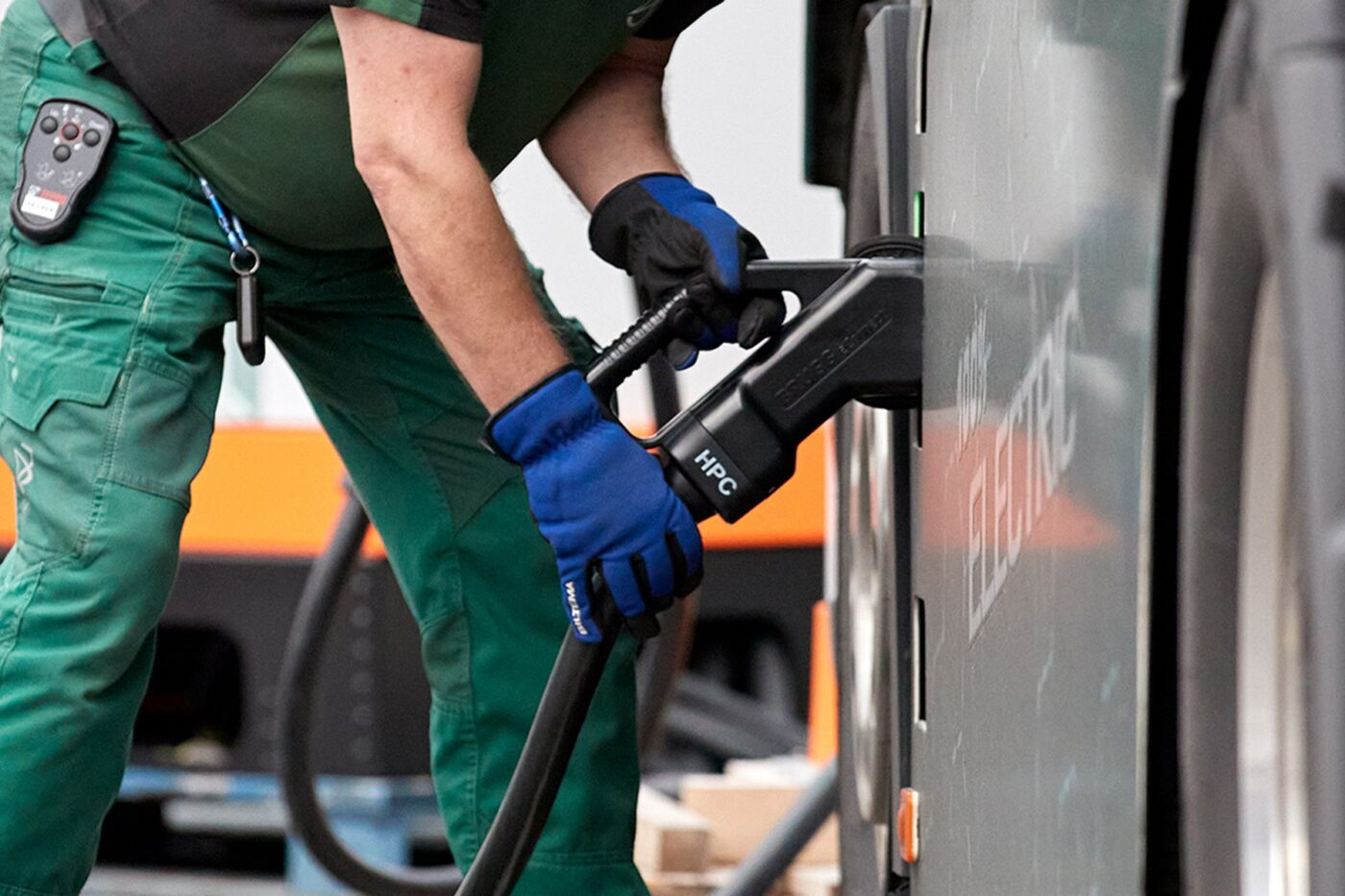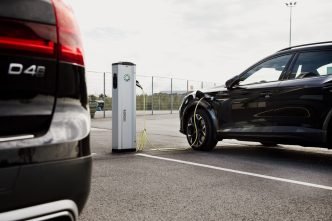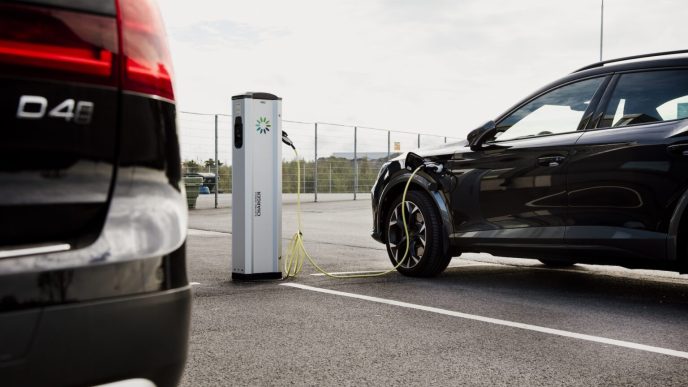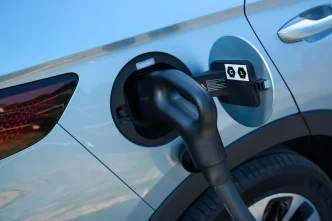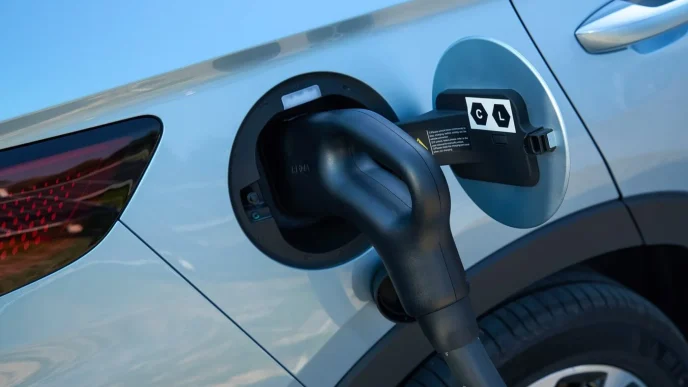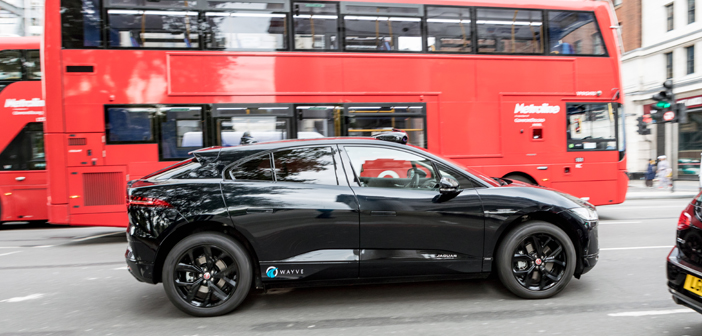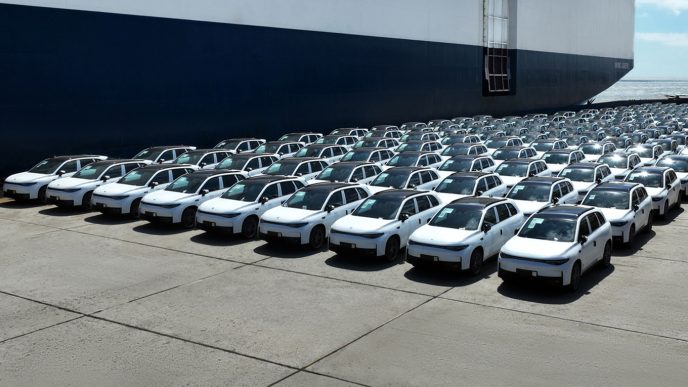Countries worldwide need to accelerate their efforts in energy efficiency to meet the global 2030 targets, the International Energy Agency (IEA) said in a report, emphasizing that current progress falls short of the goal set at COP28 for doubling energy efficiency improvements by 2030.
The IEA’s Energy Efficiency 2024 report indicated that global primary energy intensity, a key measure of efficiency, is expected to improve by only 1% in 2024, mirroring the rate seen in 2023. This figure remains significantly below the 4% annual improvement needed to stay on track. “Energy efficiency has such a vital role to cut bills, cut waste, and cut fossil fuel use,” said Dave Jones, director of global insights at energy think tank Ember. “While renewables are performing well, efficiency is still languishing backstage,” he added.
Energy efficiency measures seek to achieve more output using the same energy, resulting in reduced emissions, lower energy costs, and economic benefits. Recent initiatives aim to encourage such efficiencies, with over 70% of global energy demand now covered by new or updated policies introduced this year. The European Union, for example, is aiming for zero-emission buildings by 2050, China has strengthened appliance standards, and the United States has tightened fuel standards for heavy vehicles. Kenya has also introduced mandatory building codes for new constructions. However, the IEA cautioned that while these are positive steps, the rate of progress needs to accelerate.
The report also highlighted a growing investment in energy-efficient technologies such as electric vehicles (EVs) and heat pumps, with global energy efficiency investments reaching a record $660 billion this year, an increase of 4%. The IEA noted that many efficient technologies provide long-term savings and can often have competitive upfront costs. For instance, premium air conditioning units can yield up to 40% in lifetime cost savings compared to less efficient alternatives.
The IEA report underscores that energy efficiency, combined with a rapid scale-up of renewables, could drive substantial reductions in fossil fuel use. Ember’s analysis shows that doubling the rate of efficiency improvements and tripling renewable energy deployment would account for 85% of the emissions reductions required by 2030.

